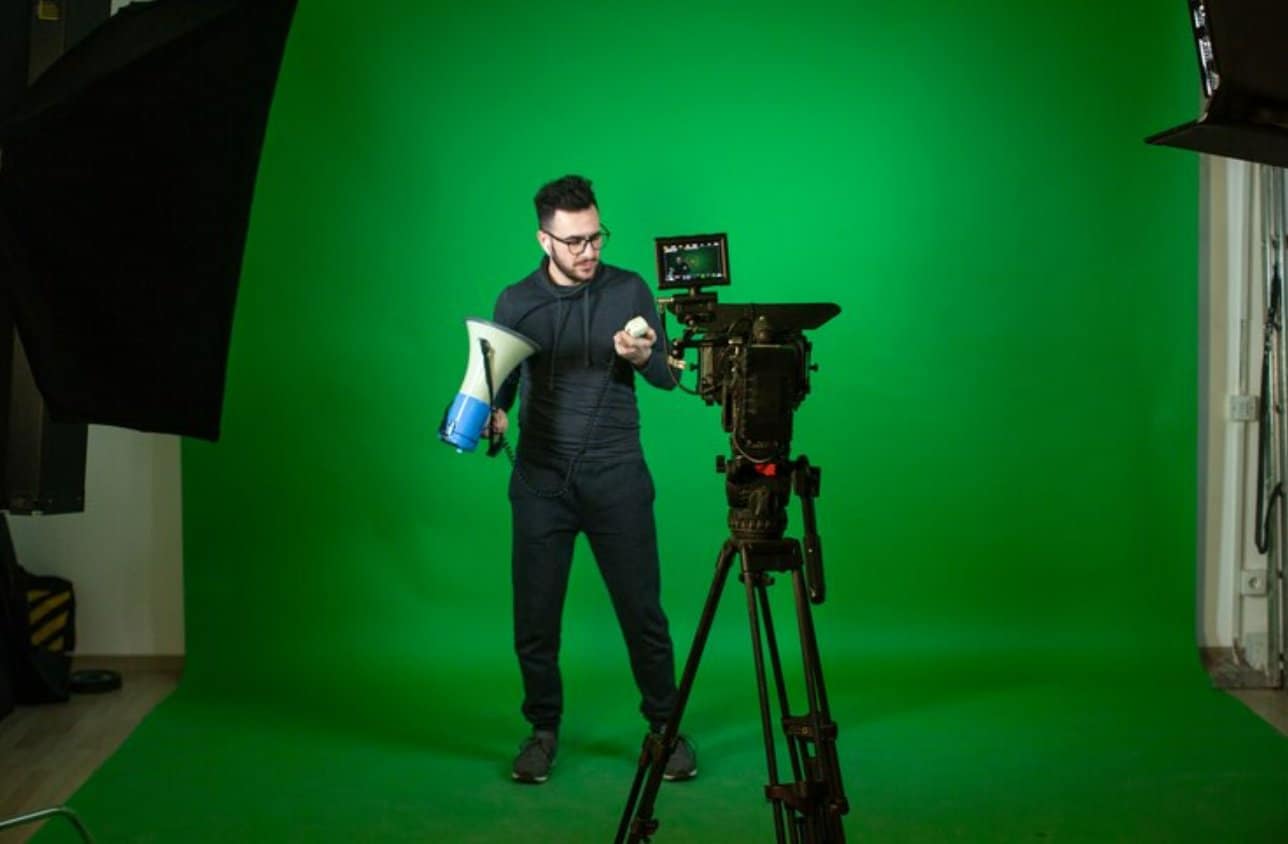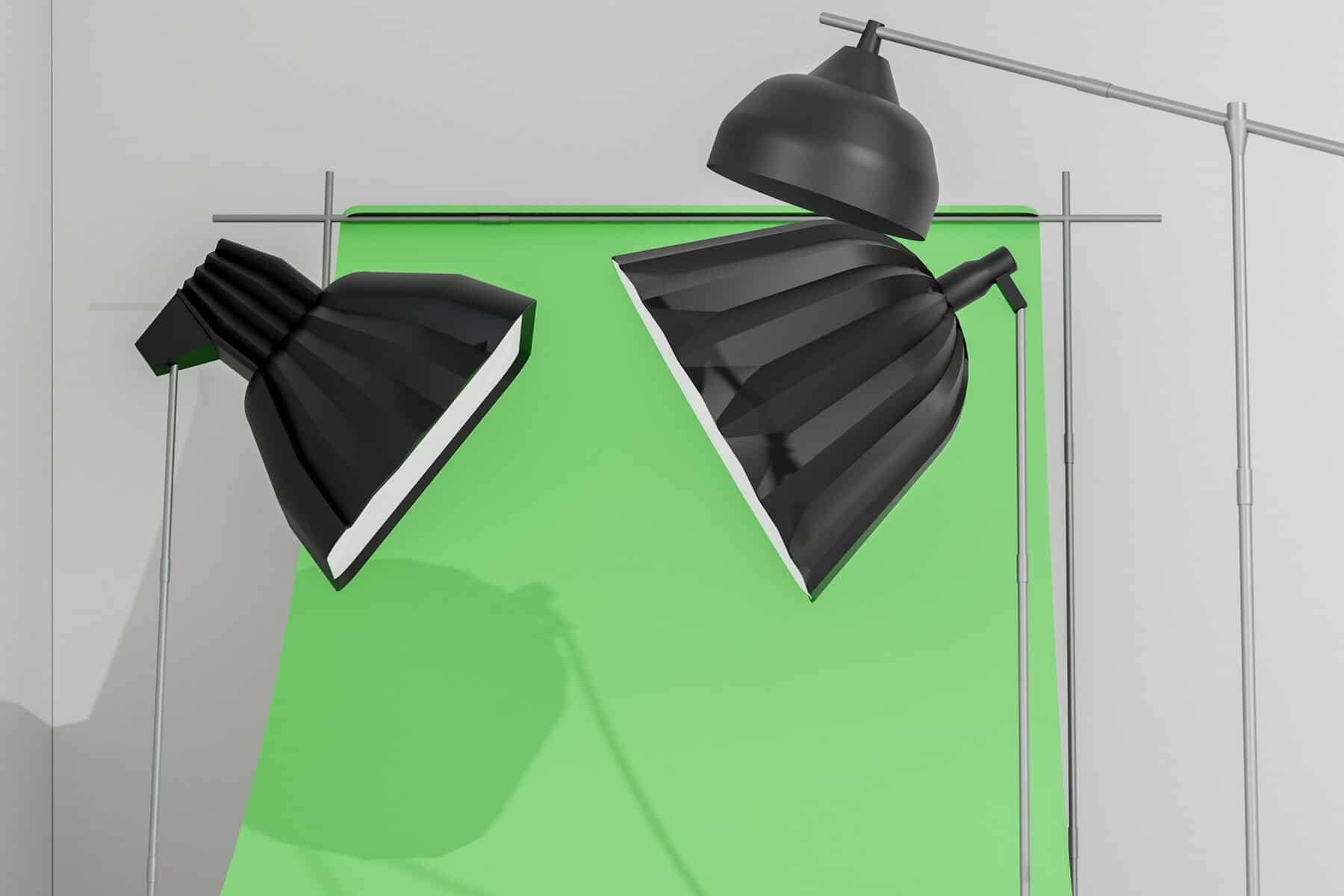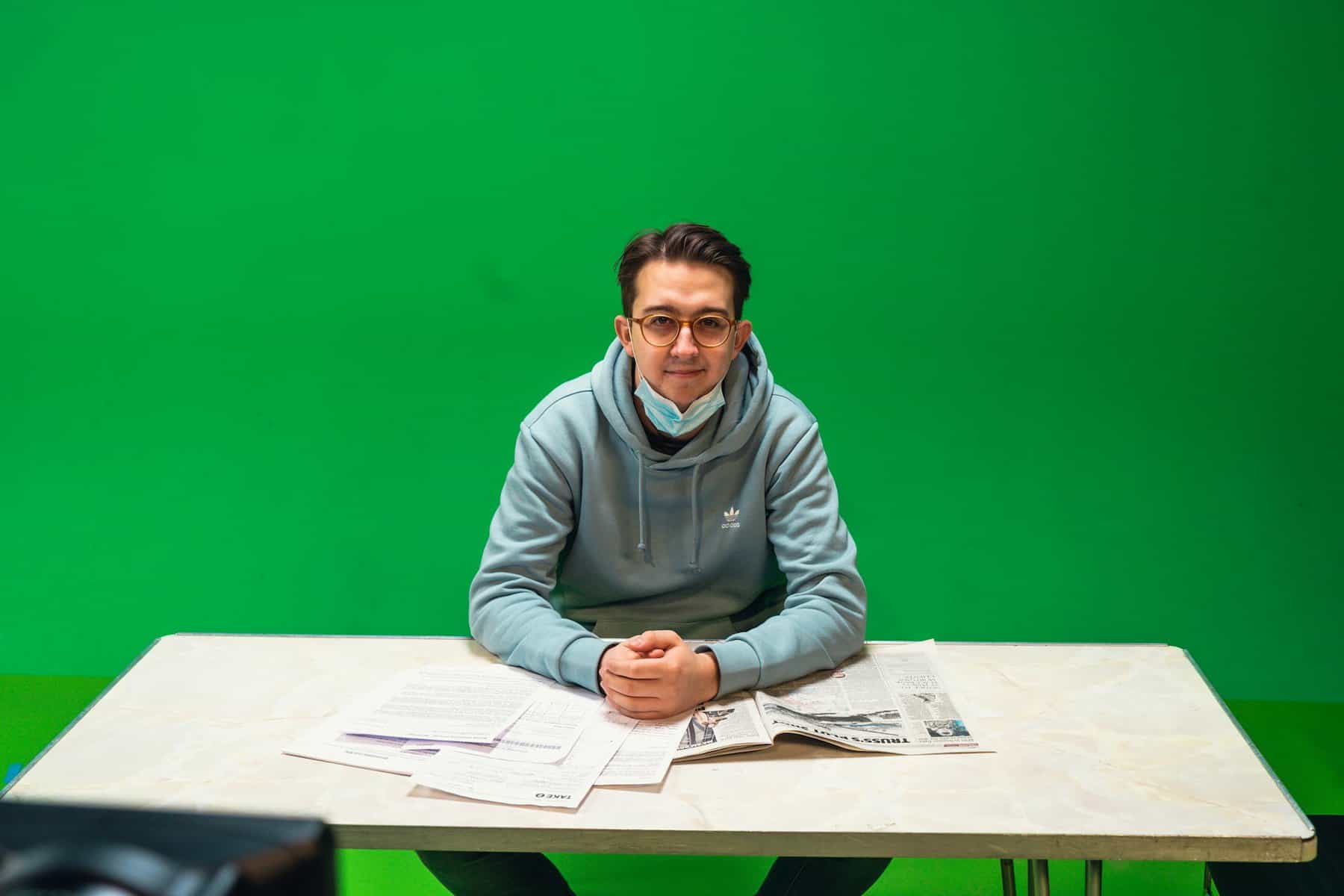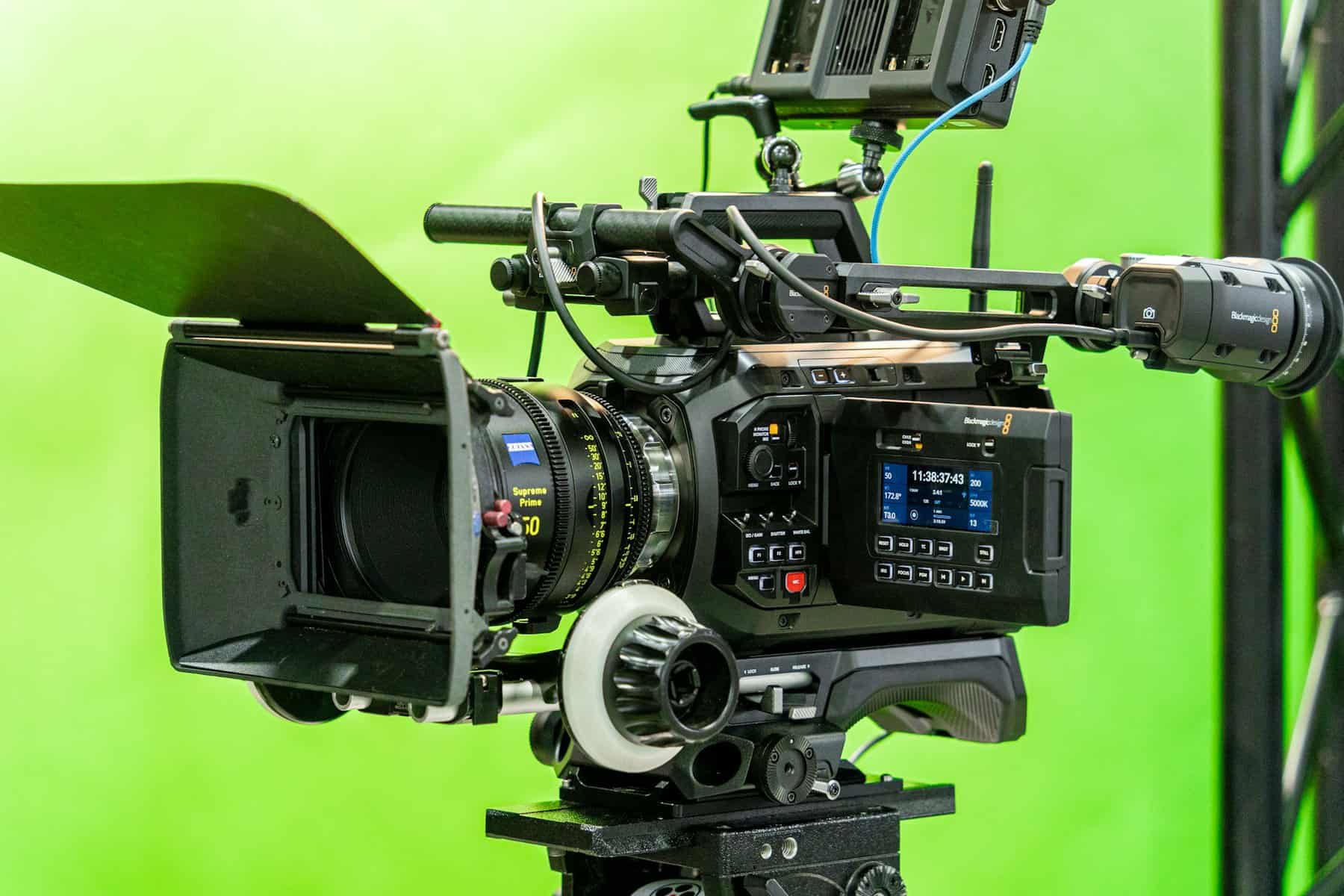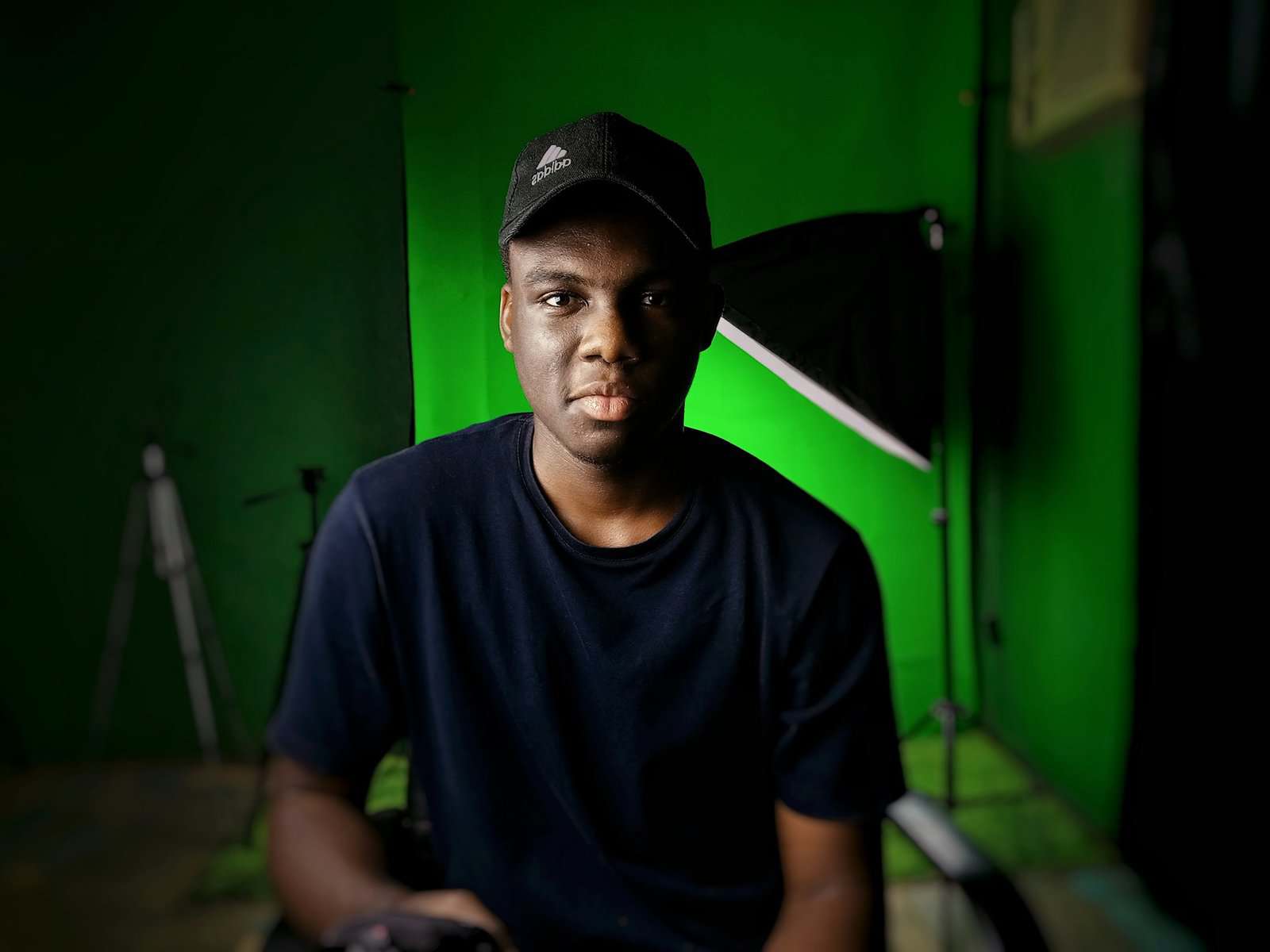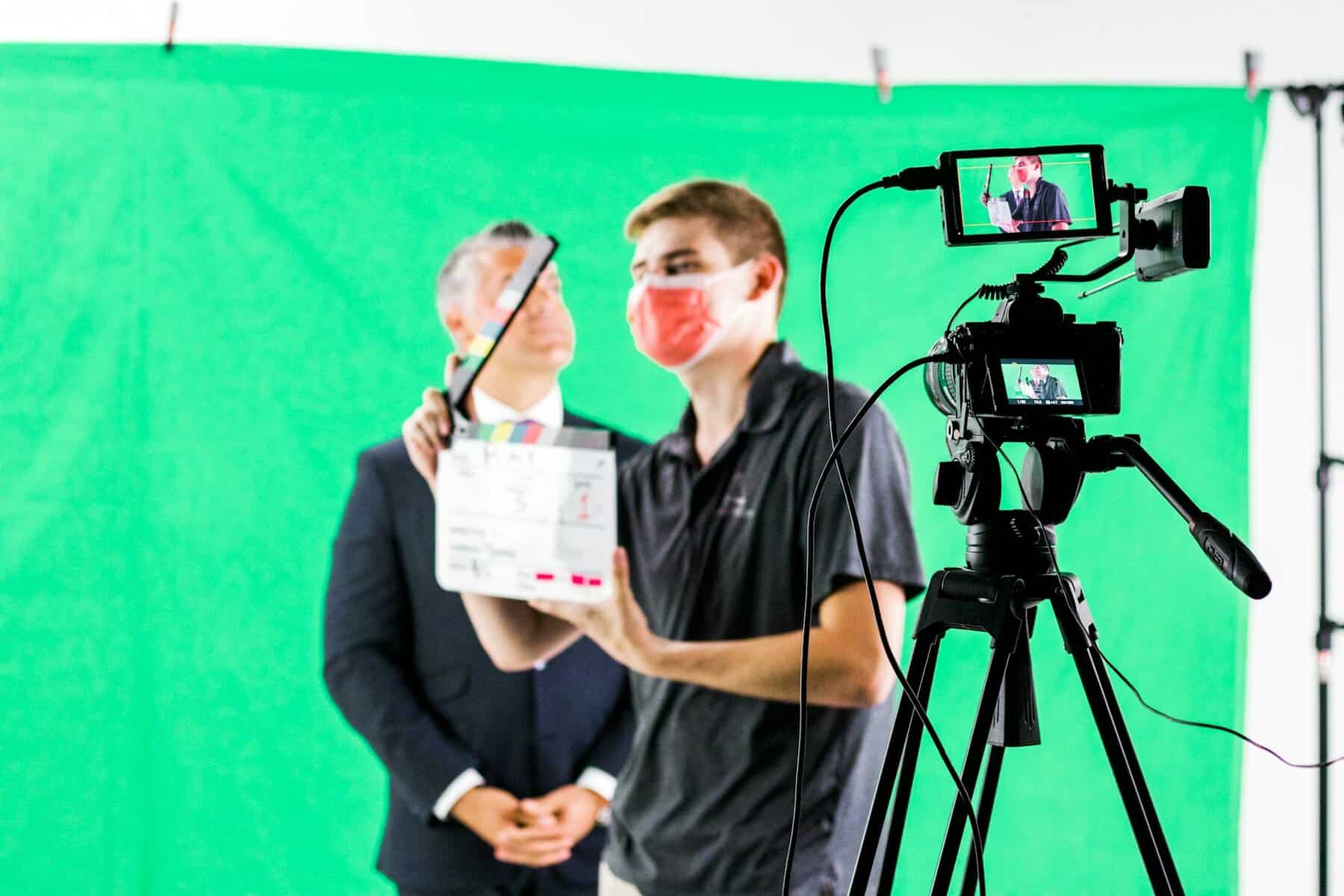Winter production can throw a few curves into your schedule. Snow, wind, and shorter days make it hard to film outside. That’s why many of us move indoors and use a green screen to stay on track. It saves time and keeps everyone dry and warm. But getting it right still takes some thought. If you’re planning to use a green screen studio rental in Cincinnati this December, it’s worth checking a few key items first. That way, your video or ad looks the way you pictured it and sounds great too.
Is the Lighting Set for Seasonal Tones?
Winter light isn’t the same as summer light. Outside, things look cooler, a little grayer, and the sun sits lower throughout the day. If your lighting inside the studio doesn’t match that feeling, the final video can look a bit off. A mismatch in tone or too many strong shadows can pull viewers out of the moment.
That’s where careful lighting setup comes in. We want to avoid anything too harsh or washed out. Flat lighting can make the scene feel lifeless, while uneven brightness creates problems with the green screen later. Before rolling, we check how the lights hit the subject and tweak things to match the feel of a calm winter day.
Studio lighting gives us even more control on gloomy days when outdoor light changes by the hour. We can keep everything steady, which means better results and less editing afterward.
Does the Wardrobe Match the Look of the Season?
What someone is wearing can make or break a green screen project. A shirt that seems fine in person might disappear or reflect too much under studio lights, especially if it’s the wrong shade of green. We always double check wardrobe choices before taping starts.
For winter ads, people often want a cozy look, scarves, jackets, or warm colors. That helps send the right seasonal message. But we also have to avoid whites or very pale colors that blend into snowy or bright backdrops. Contrasting tones help the subject stand out and make the final shot pop, even when layered over a digital background.
Accessories matter, too. A small touch like a knit hat, glove, or scarf can add just the right feel without pulling focus. We like to keep it simple, seasonal, and safely away from anything that might reflect too much light.
Is the Background Footage Ready and Relevant?
Planning for backgrounds ahead of time makes a big difference. The clips or images we use behind people need to pair with everything else we’re shooting. That includes the weather, the tone, and the story of the ad we’re helping build.
Using summer streets or sunny parks just doesn’t work in a December video. It takes viewers out of the message. We take time up front to sort footage that fits the season. If we’re adding animated motion, snowy sidewalks, string lights, or cloudy skies help the video feel like it belongs in winter.
We also make sure graphics aren’t too busy. Soft movement often works best when you’re using a green screen to keep the viewer focused on what the person is saying or doing. When everything blends just right, the background feels like part of the story, not a layer slapped on top.
Are You Capturing the Right Sound and Voice?
Sound is just as important as visuals, especially in the colder months. Things around us get quieter in winter, and people’s moods shift a bit. Loud or fast voices might sound out of place, while slow and calm tones tend to match better.
For winter ads, we lean toward warmer, more relaxed voice work, especially for jingles or radio spots. Keeping the tone soft and friendly makes listeners feel more at ease. It works even better when the jingle uses simple words and clear music.
Recording indoors is a huge help here. Wind and traffic noise won’t sneak in, and the space is easier to control. That lets us fine-tune the timing, volume, and extra sound pieces like bells or keys that make a jingle feel right for the season.
Have You Booked a Local Studio That Meets Winter Needs?
Winter weather isn’t known for being predictable. Booking close to home means fewer hiccups from snow, slow traffic, or last-minute changes. If you’ve been searching for a green screen studio rental in Cincinnati, finding one that’s experienced with winter production can shorten setup time and make the whole day smoother.
Quick access to the studio means less time wasted on rescheduling or working around storms. When we use studios that handle cold-weather projects all the time, we spend less time fixing problems and more time getting the shots we want.
We also look for places with strong lighting setups, clean sound environments, and space for checking playback on the spot. Being able to review footage right away helps us fix anything off before it becomes a bigger issue later.
Killerspots Agency provides a Cincinnati green screen studio equipped for all-season production, with experienced staff on-site to help with lighting, wardrobe, and real-time video review, so you get the results you need quickly even in winter.
Make Every Frame Count This Winter
Winter doesn’t leave a lot of wiggle room when it comes to ad production. But staying indoors and using a solid green screen gives us options that still look fresh and polished. When lighting, wardrobe, and sound come together, each part of the ad feels like it belongs with the rest.
A little extra prep before you record can go a long way. Whether we’re building a short video clip or pairing it with a soft seasonal jingle, the goal is to leave a clear, kind message that stays with people on cold days. Taking the time to get it right now means your ad has a better chance of being remembered later.
Make your next winter ad campaign a standout with Killerspots Agency! Our green screen studio rental in Cincinnati is designed to meet every seasonal challenge, from unpredictable weather to lighting and sound optimization. With our expert team by your side, you can focus on crafting your message while we handle the details—ensuring that every frame of your video captures the warmth and spirit of the season. Reach out today to see how we can help bring your vision to life!

